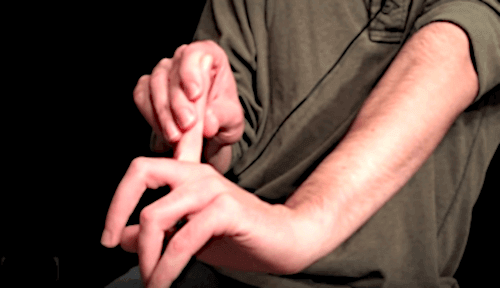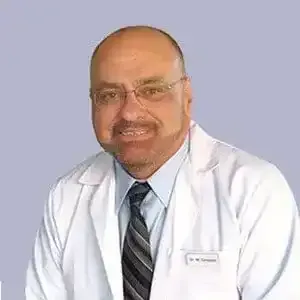This is one of the best exercises for transcriptionists or anybody who types often. One at a time, grab each finger and gently pull back. Hold for 1-2 seconds then release. The burning feeling at the base of each finger is a sign of a good stretch. Also, when you get to your thumb, pull it backward and move it right to left a few times. This stretch is great for lubricating finger tendons.
The Best Exercises for Transcriptionists
From Dr. Z - Carpal tunnel syndrome specialist
Stretching Exercises for Transcriptionists: Preventing Hand Pain and Carpal Tunnel Syndrome
Overview
Transcriptionists spend countless hours typing, which makes them especially vulnerable to hand fatigue, wrist pain, and carpal tunnel syndrome. Because their work demands constant finger and wrist motion, even minor strain can quickly develop into chronic discomfort or injury. That’s why regular stretching is essential—not optional—for anyone who types for a living.
Carpal tunnel syndrome is one of the most common occupational problems among transcriptionists and other keyboard professionals. Once symptoms such as tingling, numbness, electric shocks, or weakness appear, they often worsen without proper care. The good news is that a few simple, targeted stretches can help prevent problems before they start—or even reverse early early symptoms.
These exercises are quick, gentle, and can be done between transcription jobs without interrupting your workflow. They take just about a minute, yet they can dramatically improve flexibility, circulation, and comfort. Incorporating them into your routine helps protect your hands, maintain productivity, and keep you typing pain-free for years to come.
- Think you have carpal tunnel? Complimentary self-test
- Already know you have carpal tunnel?
This Quiz tells you its severity
Why transcriptionists need these exercises
Among all professions, transcriptionists rank among the highest risk for developing carpal tunnel syndrome. According to the National Institutes of Health, frequent use of a keyboard and mouse places them in the top two percent of workers most likely to develop repetitive strain injuries.
Because typing speed directly affects income, many transcriptionists push through discomfort to meet deadlines. Unfortunately, the longer you ignore early hand or wrist pain, the greater the chance it will progress to full carpal tunnel syndrome.
Stretching exercises offer a simple and effective way to break that cycle. In just 60 seconds, you can:
- Lubricate your tendons
for smoother movement
- Boost circulation through the hands and wrists
- Release tendon adhesions
that restrict motion
- Reduce swelling and stiffness by driving out trapped fluid
Perform these exercises once every hour of typing. This small investment of time can prevent painful symptoms, protect your hand health, and preserve your career’s most valuable tools—your hands.
The 4 key stretching exercises for transcriptionists
1. Grab your Finger (just 10 seconds per hand)
2. Wave “Bye” (just 10 seconds per arm)
3. Prayer Position (just 10 seconds total)
4. Individual Massage (just 10 seconds per hand)
Summary
Transcriptionists spend long hours typing, making them especially vulnerable to hand pain and carpal tunnel syndrome. This article explains how simple, one-minute stretching exercises can prevent these problems and keep hands healthy. Designed specifically for people who type all day, the exercises improve circulation, release tendon tension, and reduce swelling in the wrists and fingers. By performing them once every hour, transcriptionists can maintain flexibility, prevent fatigue, and avoid downtime from pain or injury. These quick, effective stretches fit easily into any busy schedule and help protect your hands—the most valuable tools of your profession.
FAQs
Q1: How often should I do these exercises during a workday?
You should aim to perform the full sequence once every hour while transcribing. The routines are designed to be quick—about 60 seconds total—so they won’t disrupt your workflow but will help protect your hands over time.
Q2: Will these stretches really prevent carpal tunnel syndrome or just reduce symptoms?
These exercises are intended to prevent hand pain, tendon irritation, and early carpal tunnel symptoms by promoting circulation, releasing tendon adhesions, and lubricating wrist tissues. While they won’t override all risk (especially in advanced cases), many transcriptionists report fewer symptoms and greater comfort when doing them consistently.
Q3: What should I do if I already feel numbness, tingling, or weakness in my hands?
If you already experience those signs, don’t wait—start these exercises right away, but also see a medical professional to rule out more serious issues. The stretches can help reduce irritation and slow progression, but they may not be sufficient alone in advanced cases. Monitoring your symptoms, adjusting your workstation ergonomics, and seeking expert care are all important steps.







